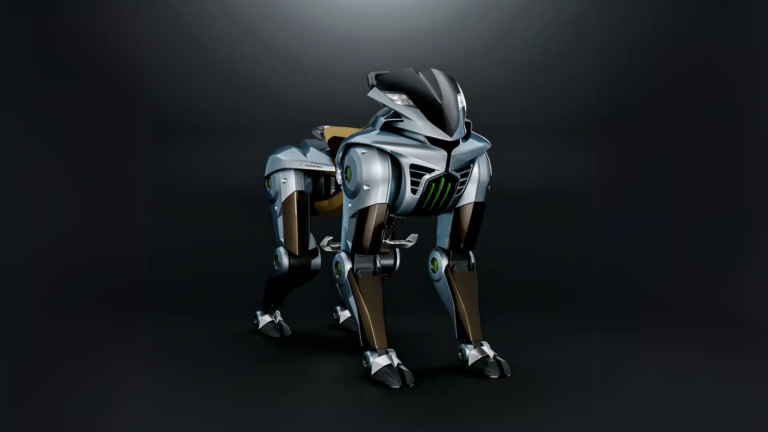By 2026–2030, I believe robots shift from specialty tools to routine infrastructure—first at work, then at home. The telltale moment is when one repeatable task becomes so cheap, safe, and reliable that organizations adopt it by default. After that, “robots” stop being a headline and become background.
Everyday isn’t about humanoids everywhere. It’s about frequency and normalcy: robots showing up in our weekly workflows—picking, cleaning, inspecting, stocking, assisting—without ceremony. As I see it, the question isn’t if robots arrive but which tasks cross the threshold first.
The 5-Year Rollout (2026–2030)
2026: The quiet expansion
- Warehouses and micro-fulfillment: More bins-to-person and pallet-moving systems at regional sites, not just the mega hubs.
- Facilities: Routine floor cleaning, shelf scanning, and nighttime inspection become line-items, not pilots.
- Healthcare logistics: Hospital supply runs and linen/pharmacy shuttles expand beyond flagships.
Weekly “boring win”: You notice fewer “Out of Stock” moments at local stores; shelf checks run nightly.
2027: Task libraries, not demos
- Reusable skills: Vendors ship “skills” libraries—pick-and-place for new products, simple resets for aisle reconfigurations.
- Service robots: Hotels, campuses, and stadiums standardize a few predictable routes (deliveries, perimeter sweeps).
- Construction pre-fab: On-site layout and repetitive fastening on small scopes.
Weekly “boring win”: Turnover and sick days disrupt less—coverage comes from task-ready units instead of overtime.
2028: Cost clarity and insurance comfort
- Total cost per task gets transparent: energy + maintenance + lease vs. hourly labor.
- Safety frameworks mature (geofencing, speed caps, standardized failsafes). Underwriters get comfortable insuring mixed human-robot spaces.
- SMB access: Financing and RaaS (robot-as-a-service) make one or two units viable for mid-size firms.
Weekly “boring win”: Small warehouses and clinics quietly add one robot and never send the press release.
2029: From pilots to procurement policy
- Default adoption: New sites open with robots baked into layouts, not bolted on.
- Interoperability: Software orchestrators coordinate different brands in one dashboard.
- Municipal services: Night cleaning and inspection in transit stations and downtown corridors expand.
Weekly “boring win”: You see more “staff only” doors with small charging docks inside.
2030: The switch from “new” to “normal”
- Procurement language shifts from “robot” to “service level.”
- Home spillover: A few stable household tasks (yard care, pool cleaning, vacuum/mop) consolidate into packages with predictable uptime.
- Workforce augmentation: Roles formalize around oversight, refills, exception handling, and process improvement.
Weekly “boring win”: A warehouse or clinic closes a requisition faster because a task library already exists.
The One Milestone That Signals “It’s Normal”
I’ve come to see a single trigger: when a commonly needed task can be delivered for a fixed price with guaranteed uptime (for example, “$X per 1,000 shelf scans at ≥99% coverage”). Once buyers trust that guarantee, adoption stops being a debate. It becomes utilities, not gadgets.
Where you’ll feel it first
- Work: Fewer queues for replenishment, cleaner aisles, tighter inventory accuracy, quicker restocks.
- City: Overnight cleaning/inspection that makes mornings look consistently “reset.”
- Home: Bundled services—outdoor maintenance + indoor floors—sold as predictable subscriptions.
What still slows things down
- Edge cases: Irregular items, cluttered spaces, weather.
- Integration debt: Legacy systems without clean APIs.
- Human factors: Training, job redesign, and acceptance on busy floors.
Practical steps (for teams preparing now)
- Pick one task with high repetition and measurable outcomes; pilot to a cost-per-task metric.
- Clean the data exhaust: Label exceptions, near-misses, and interventions; that’s where ROI compounds.
- Design the aisle, not just the bot: Lanes, lighting, charging, stock placement.
- Upskill the frontline: Owner-operators who reset, supervise, and escalate.
- Negotiate SLAs, not features: Uptime, response times, and per-task pricing.
FAQs
Are humanoids required for this shift?
No. Most “everyday” wins come from purpose-built platforms—mobile bases, arms, and fixed cells—coordinated by software.
Will robots replace whole roles?
They replace tasks. Roles change—less shuttling and searching, more oversight, QA, and customer-facing work.
What about safety?
Normalcy tracks with standard behaviors: speed limits, audible/visual signaling, defined no-go zones, and simple hand-off protocols.






